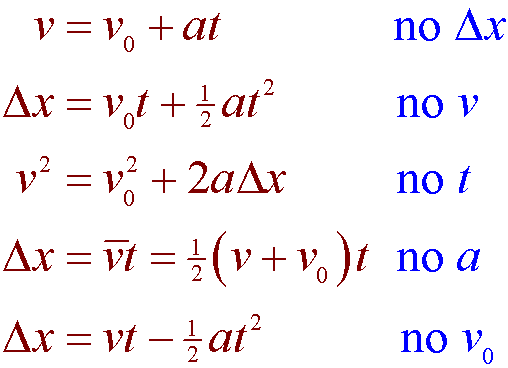Cool Formula Of Initial Velocity In Physics

When initial time is taken to be zero we use the subscript 0 to denote initial values of position and velocity.
Formula of initial velocity in physics. Initial Velocity is the velocity at time interval t 0 and it is represented by u. It depends only on the initial and final position of the particle since it depends on displacement. Average velocity is independent of path taken between any two points.
If the automobile can decelerate at 5ms2 calculate the total distance traveled in coming to stop from initial velocity of 30 Kmh after a signal is observed. What I want to do in this video is think a little bit about what happens to some type of projectile maybe a ball a ball or rock if I were to throw it up straight up into the air so to do that and what I want to do is on a plot its distance relative to time so theres a few things that Im going to tell you about my throwing of the rock in the air well Ill have an initial velocity Ill have an. Learn horizontal range formula here.
Vi stands for initial velocity. According to equation of motion S ut 1 2 dfrac12 2 1 at 2. They are four initial velocity formulas.
The horizontal ranges unit is meters m. After accelerating for some amount of time the new velocity is the final velocity v f. It is represented by letter u.
The reaction time for an automobile driver is 07 second. What is the formula of maximum height. The process of rising vertically to the peak of a trajectory is a vertical motion and is thus dependent upon the initial vertical velocity and the vertical acceleration g 98 mss down.
Time t 5 s. If you are given the final velocity acceleration and distance you can use the following equation. We generally consider initial velocity is equal to zerou0only when the object starts from rest.













